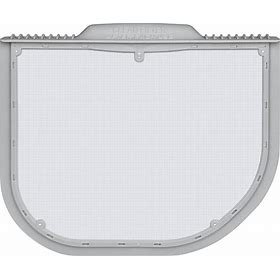You know your dryer lint trap should be cleaned after every load.
Did you know . . .
Your dryer duct also traps lint and should be cleaned regularly to help prevent fires?
Clean it yourself with an inexpensive cleaning kit (FIRST - turn OFF circuit breaker / gas before moving the dryer / gently move an electric dryer and safely unplug it); or
Hire a professional
Maintain the dryer for best performance, saving time, energy and money $$$
Did you know . . .
Fall and winter items, like sweaters and blankets, can increase lint build-up in the dryer ductwork and may need cleaning more frequently?
Longer drying cycles and superheated air can cause lint or other trapped debris to begin smoldering or catch fire.
Safety experts recommend operating a dryer while you are home throughout the drying cycle and during awake hours.
For electric or gas dryers, installing a smoke/carbon monoxide detector and fire extinguishing equipment nearby should be part of your home fire safety plan.
Signs that may indicate lint or debris build-up . . . or time to check/clean
Clothing takes longer to dry than usual or expected.
Clothing is very hot/damp to the touch when removed at the end of a drying cycle.
It's been a year since your dryer exhaust venting was properly cleaned.
Fire Prevention Week every October is memorialized for the tragic Great Chicago Fire in October 1871. October is National Fire Prevention Month to remind everyone to take a moment to review home fire safety, including testing smoke detectors year-round, replacing frayed or worn electrical cords, and all general safety measures recommended by fire and public safety officials to protect lives, property and communities.






